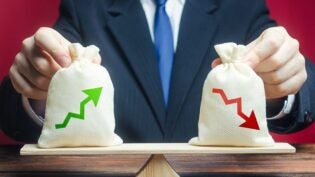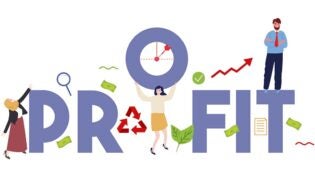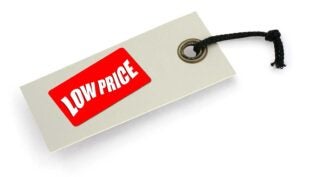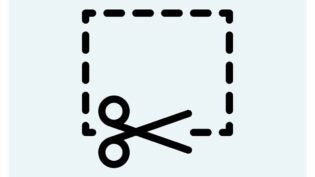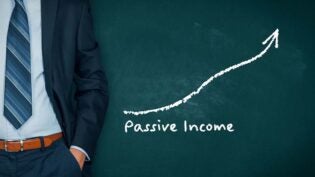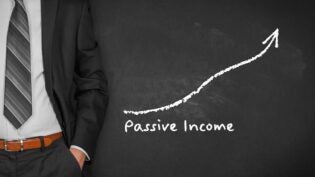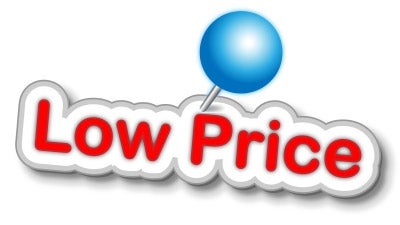
During high school I worked in a grocery store that used loss leaders to attract buyers. Once buyers were in the store they would typically buy enough related offerings, at higher margins, to more than offset the loss on the loss leader.
That’s not what I’m seeing today. Today we’re discounting everything during our peak selling seasons. Grocery stores not only offer low prices on turkeys at Thanksgiving, they discount the cranberries, candied yams, pumpkin pie filling, pie crusts and rolls—anything and everything you might need for your Thanksgiving feast.
Oh, let’s not forget the pre-meal drinks and snacks. All of the soda, beer, wine, bourbon, scotch, and other alcoholic beverages are on sale too. As are the chips, dip, peanuts and pretzels.
This madness isn’t limited to grocery retailers. Years ago I helped a client purchase a franchise from a well-known chain. He called one day and said, “The home office is offering a promotion on our crabmeat sandwich during Lent (a period of peak demand) that is basically break even for me. Does that make sense to you?”
Unfortunately it did. The franchisor gets a percentage of the total revenues generated whether the franchisee is profitable or not. Fortunately, the franchise agreement did not require my client to accept this promotion. He held his prices on the crabmeat sandwich while offering other loss leaders. My client generated significantly higher profits for his store using this strategy.
These two examples show that we’ve lost sight of the true purpose of loss leaders. How did this happen? Here are the reasons I hear:
- We’ll lose sales if we don’t match our competitors’ low prices.
- Buyers only care about low prices.
- We can increase market share with lower prices.
Here are the realities:
- Buyers, particularly retail buyers, place great value on convenience.
- If you are the most convenient location and you’re losing sales to a competitor over low prices, you obviously aren’t providing an enjoyable experience.
- When you lower your prices just 10% you increased the number of customers you need from 10 to 11.
Let’s look at these realities in greater detail.
Convenience
Time is the only non-replaceable commodity any of us has. That’s why buyers go to the most convenient location that has employees who demonstrate genuine care and concern for their welfare. Which brings us to reality #2, the customer experience.
Customer Experience
You’re a buyer. You’ve made purchases that cost you more simply because the people at the store greeted you warmly, remembered your name, made you laugh. For a truly great experience you’ve probably driven 10 minutes, 15 minutes or more out of your way and paid a higher price for the exceptional experience. Your customers have as well. Blaming your competitors’ low prices instead of examining gaps in your service level is akin to the child’s excuse – the dog ate my homework.
Market Share
Speaking of customer experience, if yours isn’t good enough to retain your customers when your competitors lower their prices, how in the world are you going to attract that 11th buyer you need to recoup you the 10% discount you gave? Your competitors face the same dilemma. If you’re providing a richer experience than your competitors, their low prices won’t draw your customers away from you, making it nigh on impossible for them to recoup their discount losses.
If the above isn’t enough to get you to reexamine your loss-leader strategy, let me share a news brief with you. During a late-evening newscast on Black Friday the newscaster said that retailers were offering huge discounts in hopes of at least matching the previous year’s sales. How does that compute? Buyers don’t increase their spending budgets when prices drop. If anything, you may have just given them an incentive to hold onto some of that budget.
Customer Perception
We wouldn’t be doing justice to this discussion if we weren’t looking at these loss leaders from the customer’s perspective. When retailers lower prices on everything, instead of just a few loss leaders, how does the buyer react? I doubt that any of you have had a customer come up to you and thank you for the low prices. It’s more likely that they have come to expect that kind of pricing every year during peak demand.
In every human interaction one person is training another how to behave. Because we’ve lost the art of the loss leader we’ve trained our customers to expect low prices on everything they want, when they want it most. Ouch!
Don’t fall into this trap again! Begin creating customer experiences that cause them to willing pay more for both the experience and the convenience you offer. Then hold your prices. You’ll enjoy greater revenues, higher profits and greater customer loyalty.
Published: November 12, 2013
2865 Views
2865 Views





